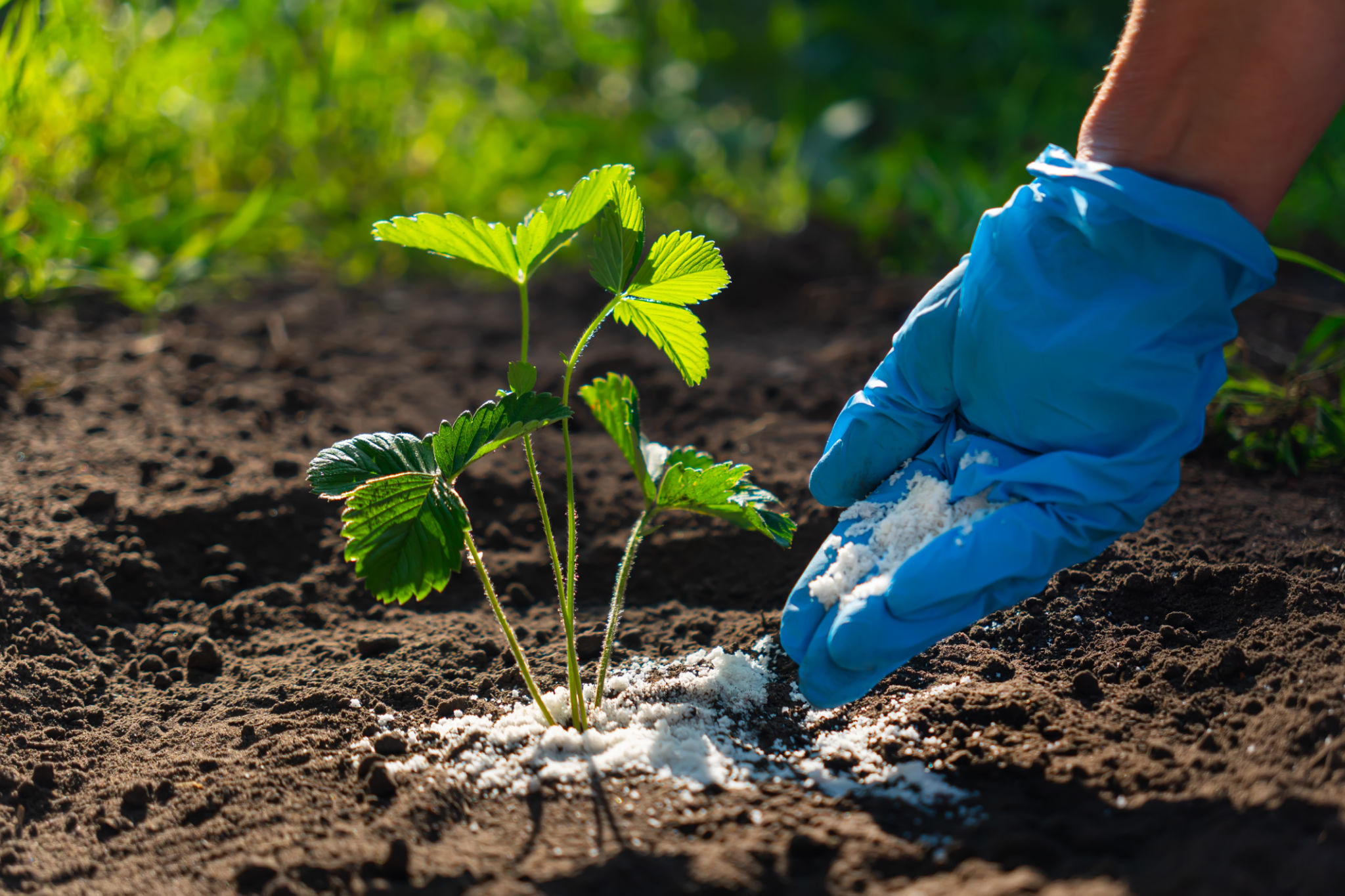Top Tree Care Tips for Healthy Growth and Maintenance
Understanding Tree Needs
Trees are vital components of our ecosystem, providing oxygen, shade, and habitat for numerous species. To ensure they thrive, it's essential to understand their specific needs. Trees require the right balance of water, nutrients, and sunlight to grow healthily. By observing your tree's natural environment and understanding the species-specific requirements, you can tailor your care routine accordingly.
In addition to the basic needs, trees benefit from regular monitoring for signs of stress or disease. Early detection can prevent minor issues from becoming major problems. Look for changes in leaf color, unusual growth patterns, or signs of pests.

Proper Watering Techniques
Watering is one of the most critical aspects of tree care. While it might seem straightforward, improper watering can lead to root rot or dehydration. It's important to water deeply but infrequently to encourage deep root growth. This method helps trees access water from deeper soil layers during dry spells.
Consider using a soaker hose or a drip irrigation system to provide consistent moisture without over-saturating the soil. Ensure the water reaches the root zone by observing how quickly the soil absorbs it and adjusting your watering schedule as needed.
Pruning for Health and Aesthetics
Pruning is not just about maintaining a tree's shape but also about promoting its health. Regular pruning removes dead or diseased branches, allowing the tree to direct energy towards healthy growth. It's best to prune during the dormant season when the tree is not actively growing.

When pruning, use clean, sharp tools to make precise cuts. Avoid cutting too close to the trunk to prevent damage to the tree's bark and tissues. Aim to create an open canopy that allows for adequate airflow and sunlight penetration.
Fertilization for Optimal Growth
Trees often need a nutrient boost to grow optimally, especially if the soil lacks essential minerals. Fertilization can provide these nutrients, improving both growth and resistance to pests and diseases. Conduct a soil test to determine which nutrients are deficient before selecting a fertilizer.
Use a balanced fertilizer and apply it according to the manufacturer's instructions. Over-fertilizing can harm the tree's roots, leading to more harm than good. Always follow recommended guidelines to avoid nutrient overload.

Pest and Disease Management
Pests and diseases can be detrimental to a tree's health if not managed promptly. Regularly inspect your trees for signs of infestation such as chewed leaves, discolored foliage, or unusual growths. Integrated pest management practices can help you address these issues effectively.
Natural predators like birds or beneficial insects can be encouraged to control pest populations. Additionally, using organic pesticides as a last resort ensures minimal impact on the surrounding environment.
Mulching Benefits
Mulching offers several benefits for tree care, including moisture retention, temperature regulation, and weed suppression. Apply a layer of organic mulch around the base of the tree, ensuring it does not touch the trunk itself to prevent rot.
Mulch also gradually breaks down, adding nutrients to the soil over time. Replenish the mulch layer annually or as needed based on its decomposition rate.